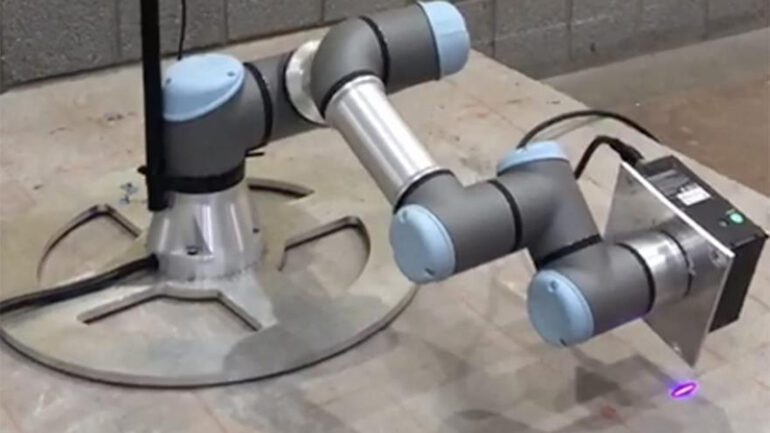TL;DR:
- AI-guided robot assistants developed by Drexel University can identify and assess structural damage.
- The system combines computer vision and deep learning algorithms to pinpoint problem areas.
- It significantly reduces inspection workload, enhancing maintenance and repair efforts.
- The technology is sensitive enough to detect even small cracks, outperforming traditional methods.
- Automation minimizes oversight and subjective judgment errors.
- Integration with autonomous vehicles like drones is envisioned for a more comprehensive monitoring system.
Main AI News:
Advancements in artificial intelligence (AI) have birthed a groundbreaking solution for the construction industry. AI-guided robot assistants, developed by a team from Drexel University in Pennsylvania, are poised to revolutionize structural inspection and maintenance. With aging infrastructure and a growing backlog of repairs, these AI-driven systems offer a lifeline for preventing costly structural failures.
The developers at Drexel University have harnessed the power of machine learning to augment traditional visual inspection techniques. Their multi-scale system combines computer vision with a deep learning algorithm, enabling AI-guided robots to efficiently identify and assess ‘problem areas’ within structures and buildings. As our built environment ages and deteriorates, these robots offer a vital solution to mitigate potential hazards.
The heart of this system lies in its ability to pinpoint structural issues. It begins with a high-resolution stereo-depth camera feed that the robot sends into a convolutional neural network—a program known for its prowess in recognizing intricate patterns and discrepancies in vast datasets. The neural network has been meticulously trained on a dataset of sample cracks, allowing it to identify crack-like patterns in images captured by the robotic system. These identified regions of interest then trigger a laser line scanner, which creates a detailed three-dimensional image of the damaged area.
Simultaneously, a Lidar camera scans the surrounding structure, providing a holistic view of the affected area. By combining these two sets of data, the system generates a comprehensive digital model that not only reveals the dimensions of the crack but also facilitates tracking changes between inspections. This ability to monitor crack growth is a significant advantage, providing bridge owners with a clearer understanding of their infrastructure’s condition.
The testing phase has yielded remarkable results, surpassing the capabilities of top-of-the-line cameras, scanners, and fiber-optic sensors. The AI-guided robot system demonstrated exceptional sensitivity, accurately sizing even the smallest of fissures—some less than a hundredth of a millimeter wide. While human inspectors will continue to make the final decisions on repairs, these robots significantly reduce their workload.
Automation in inspection processes not only minimizes oversights but also diminishes subjective judgment errors. This approach significantly optimizes data collection, focusing solely on areas requiring attention. As the developers emphasize, it delivers comprehensive and reliable data essential for condition assessment.
This visionary technology is not limited to its current state. The team envisions integrating the multi-scale monitoring system into a larger autonomous framework, incorporating drones and other autonomous vehicles. The goal is to create a more intelligent, comprehensive, and efficient system for maintaining structural integrity across various types of infrastructure.
Conclusion:
The introduction of AI-guided robots for structural inspection signifies a transformative leap in the construction industry. These robots offer increased efficiency, accuracy, and safety in identifying and assessing structural issues, ultimately reducing maintenance costs and ensuring the longevity of infrastructure. As the technology evolves and integrates with autonomous systems, it holds the potential to reshape the market, making infrastructure maintenance more streamlined and cost-effective, while addressing the growing backlog of repairs. This innovation presents opportunities for companies to invest in AI-driven solutions and collaborate with the evolving landscape of construction technology.

